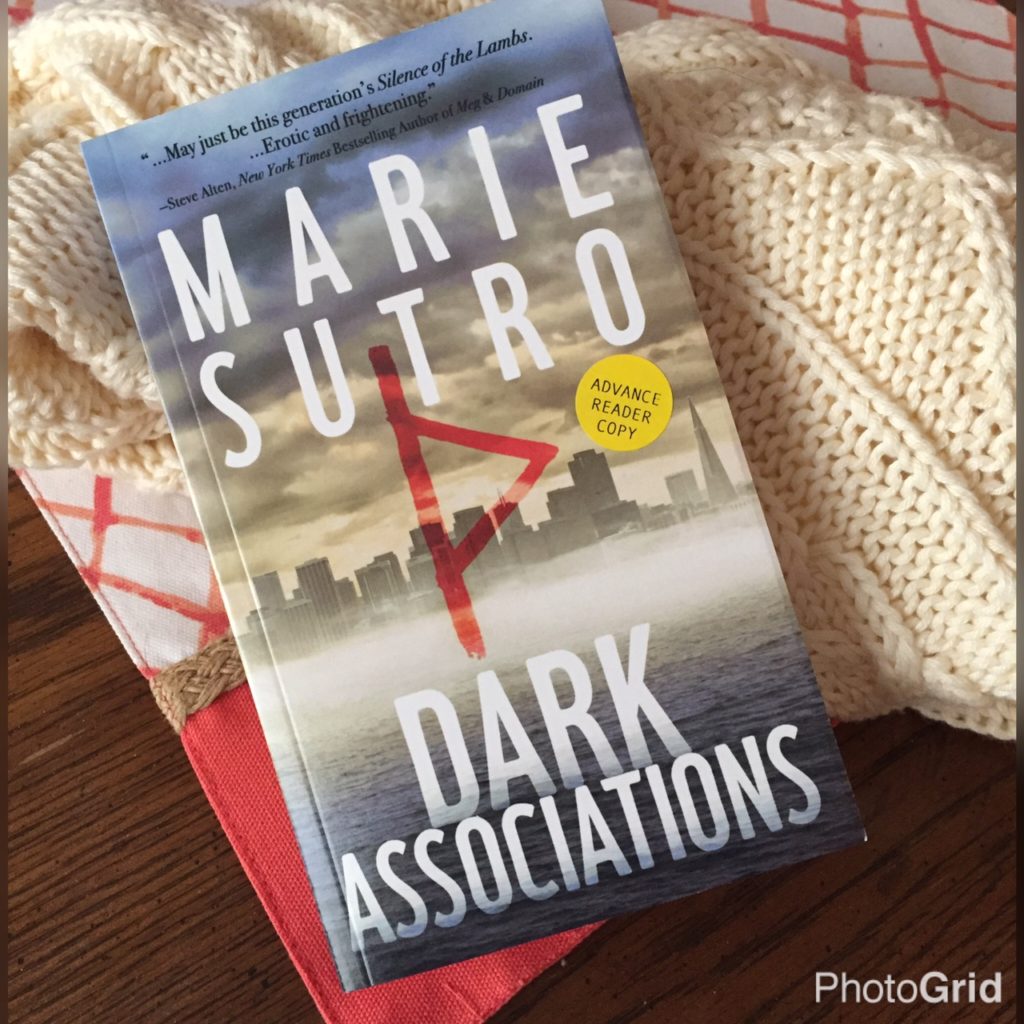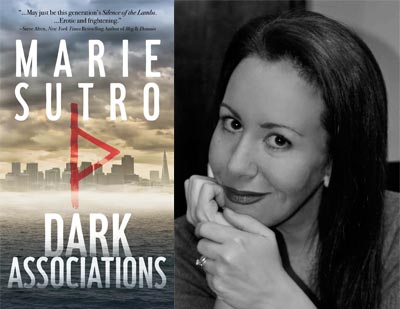How does our profession influence crime writers?
In the western world, crime fiction – mystery, thrillers, suspense, etc. – makes up somewhere between 25 and 40 percent of all fiction book sales. Why is the crime genre so popular?
Crime is fascinating, to be sure, because most of us don’t commit it. But the popularity of the genre has little to do with crime per se. It has far more to do with the very essence of how storytelling works.
Crime fiction exhibits most clearly one of the fundamental rules of storytelling: cause and effect. In crime fiction, you notice more than in other genres that every scene must be justified – each plot event must have a raison d’être within the story, because the reader or audience perceives every scene as the potential cause of an effect that comes later.
Even if a plot event turns out to be a red herring, then that herring is placed there for a purpose – i.e. of misleading the reader/viewer. And that is the point. Every scene has a recognizable purpose. In all fiction, scenes with no purpose might best be expunged. In crime fiction scenes with no purpose are least forgivable.
Structurally, crime fiction is the purest genre. In classic crime fiction the narrative principle is particularly clear. The external problem as inciting incident is most obvious: the crime. The crime is external to the investigator’s life – until the investigator receives the call to investigate it. So the investigator is set a task, given a mission. The story sets up directly what the investigator wants: to resolve the crime. The investigator perceives it as a need to solve the crime, because that is the job, it’s what investigators do. The quest is to find, the goal is to apprehend the criminal. An external problem, a call, a task, a want, an external need, a goal. All the elements of storytelling, all that the surface structure of any story exhibits – in crime fiction none of this is buried, it is not indirect, it’s not possible to overlook these elements, either as a reader or indeed as an author.
The other great fact of the human condition is death. Mortality is one of the deepest topoi of stories. Tragedy is the classical genre that deals with it most explicitly.
And of course crime fiction deals at its core with death too. So crime fiction expresses the same as two of the oldest and most classical styles of storytelling, comedy and tragedy. And therefore expresses almost everything there is to express through storytelling.
Above is a portion of article by Beemgee www.beemgee.com/blog/crime-fiction/
This Episode
In this episode I talk with Marie Sutro about her crime fiction book Dark Associations . Marie is the first crime fiction author to be featured on this podcast. Her background is three generation deep law enforcement, this puts her at a unique position to understand how crime is played out.
Her new book Dark Association is a fantastic work that plots good against evil and keeps it real. Unlike some crime fiction, Dark Associations is so close to real you have to wonder what cases she is pulling her information from.
Our big topic in this conversation is how she researches her stories and how what we as investigators do, play into that research in areas such as our reports and court room evidence.
Marie Sutro is a native of the San Francisco Bay Area and a member of Sisters in Crime. A proponent of adult literacy, she volunteers with California Library Literacy Services, helping adults improve their reading and writing skills.
Her great-grandfather, grandfather and father all served in the San Francisco Police Department; collectively inspiring her debut novel. She resides in Northern California and is currently at work on the next Kate Barnes story.
FingerSCAN DecedentID
FingerSCAN DecedentID was designed and developed specifically for Coroners and Medical Examiners. This mobile application runs on various Android smartphones and tablets and works with the Integrated Biometrics Watson Mini fingerprint scanner. This solution is sold exclusively through WoVo Identity Solutions.
BENEFITS
-
Clean images (no smearing).
-
Faster image capture process.
-
Easily share images & data electronically for rapid identification of decedents.
-
Simplifies and expedites identification process so concerned family members can be notified faster.
-
Consolidates multiple case forms into one form that meets the needs of Coroners and Medical Examiners.
-
Minimizes and eliminates pre-processing of fingerprint images previously required for ink fingerprints.
FEATURES
-
Captures up to 10 fingerprint slaps and rolls using FBI certified fingerprint scanner.
-
Creates a Decedent fingerprint card.
-
Produces high quality fingerprint image files for each finger scanned.
-
Configuration file supports email and Secure FTP sending options.
-
USB upload capability.
-
Android compatible.

Main Site Tags
coroner,police training, darren dake,sheriff,deputy,coroner association,murder scenes,auto fatalities,csi,first responders,autoerotic fatalities,become a coroner,forensic science crime scene investigation,forensic science crime,scene investigator,forensic training,forensics training,how to be a crime scene investigator,how to become a death investigator,how to become a medical examiner,how to become a medical examiner investigator,medical examiner investigator training,medical investigator training,medicolegal death,medicolegal death investigator training,murder scenes,pictures of murder scenes,murder,real murder crime scenes,traffic deaths,traffic fatalities,what does it take to be a coroner,what does it take to be a criminal investigator,firefighter,fire training,firefighter training,autoerotic fatalities,become a coroner,coroner information,crime scene clean up training,crime scene cleaning training,crime scene cleanup training,crime scene investigation,crime scene investigation classes,crime scene investigator courses,crime scene investigator school,crime scene jobs,crime scene photography,crime scene photography training,crime scene technician,crime scene technician training,crime scene training,criminal investigation,criminal investigator,criminal justice,criminal justice forensic science,criminal justice forensics,criminal scene investigation,death crime scenes,death investigation training,death investigator training,death investigators,forensic death investigator,forensic investigator,forensic photography, crime scene clean up,crime scene bio-hazard, using plants in criminal investigation,forensic botany,dr.jane bock,death investigator magazine,dr judy melinek,badge of life,american college of forensic examiners,acfei,american board of medicolegal death investigators,abmdi,matthew lunn,underwater crime scene,mike berry,online learning,lopa,cultural diversity,anger de-escalation



